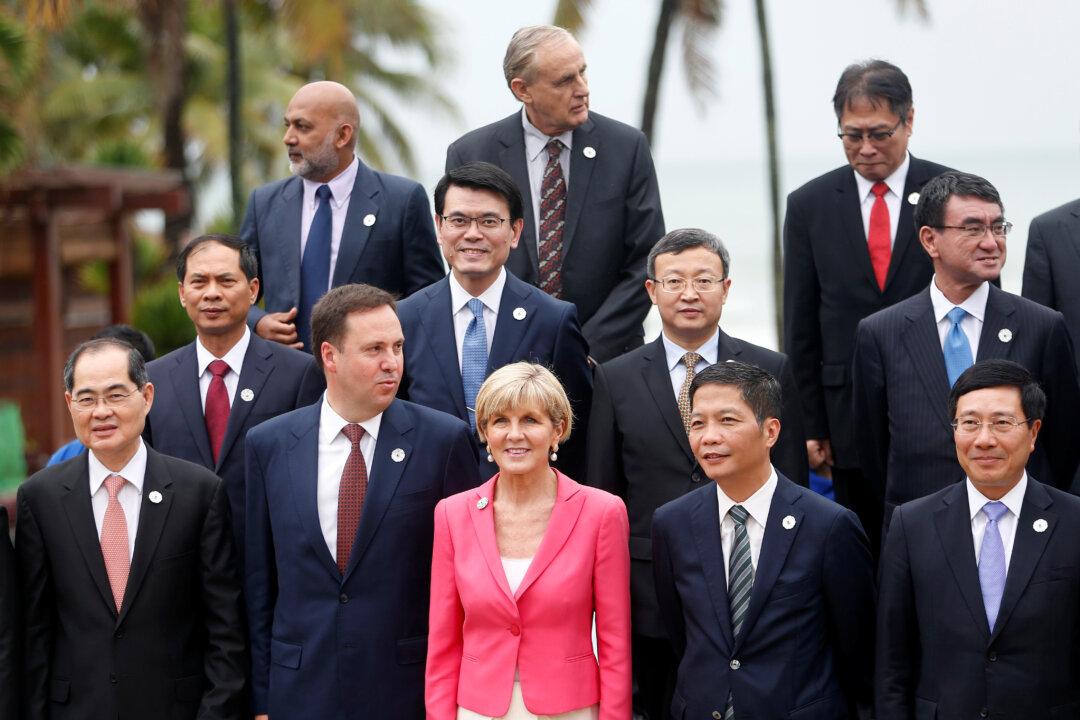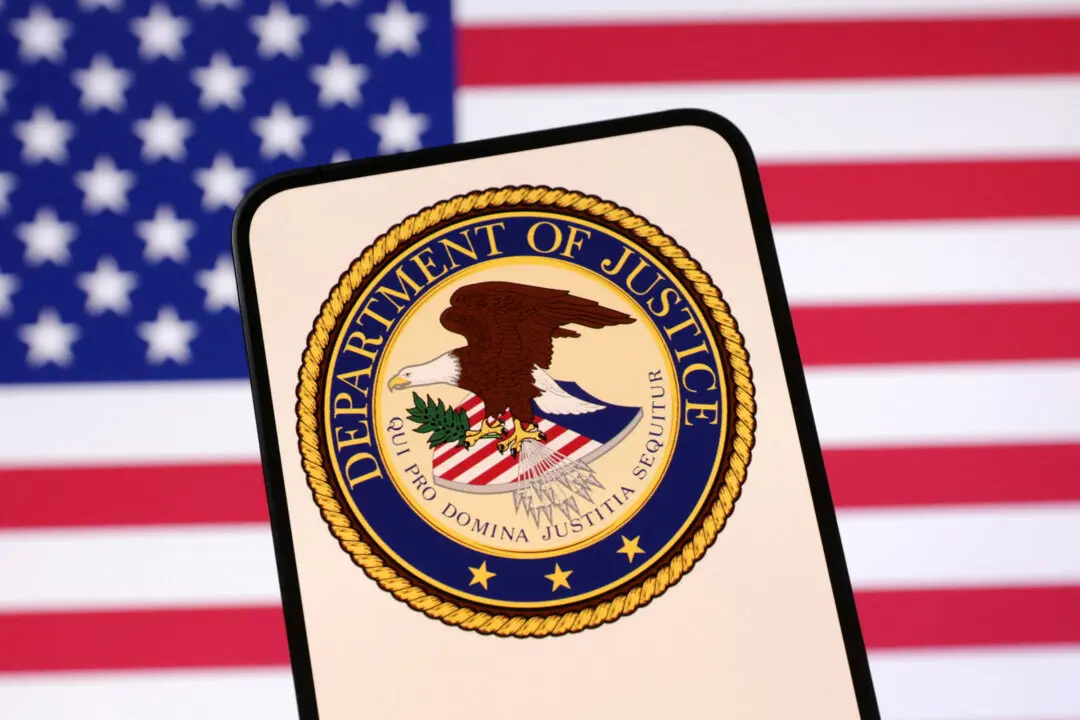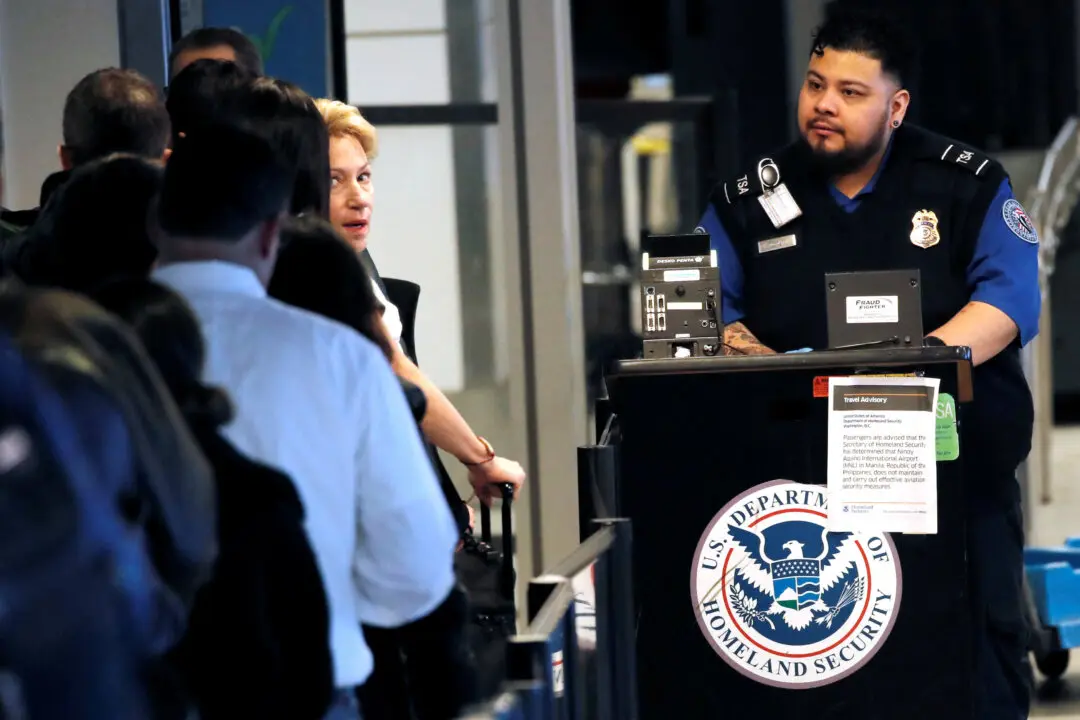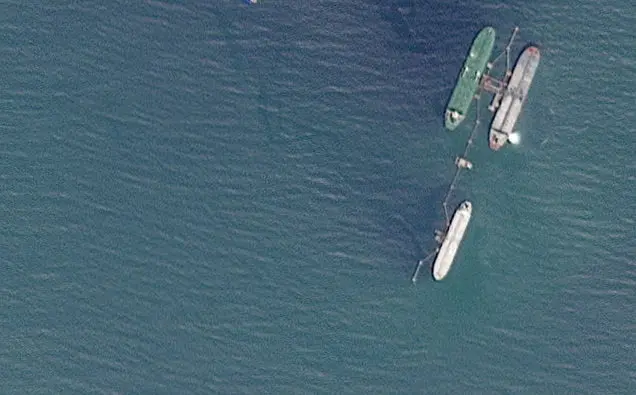DANANG, Vietnam–Continuing disagreements over the Trans Pacific Partnership (TPP) trade deal ditched by U.S. President Donald Trump mean 11 remaining members may not be ready to give it a wholehearted go-ahead at a summit this week, officials said on Nov. 8.
Clear agreement on proceeding without the United States would be a boost for the principle of multilateral free trade pacts over the bilateral deal-making that Trump argues will give a better result for the workers he represents as the President of the America.





